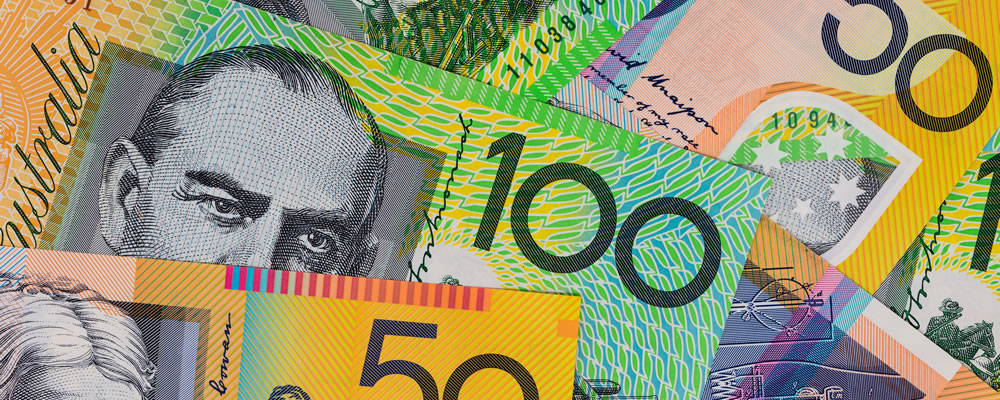Euro Australian Dollar (EUR/AUD) Exchange Rate Slumps on Eurozone Manufacturing Weakness
The Euro Australian Dollar (EUR/AUD) exchange rate slipped, and the pairing is currently trading at an inter-bank rate of AU$1.5722.
On Thursday the single currency fell to a one-week low as weak manufacturing surveys raised concerns about the struggling Eurozone.
Commenting on this, Chief Business Economist at IHS Markit said:
‘The persistence of the business survey weakness raises questions over the economy’s ability to grow by more than 1% in 2019.’
Germany’s manufacturing sector contracted for a fourth consecutive month in April, with a similar result in France.
This likely weighed on the single currency.
Commenting on the German Composite PMI Principle Economist at IHS Markit, Phil Smith said:
‘The overall picture for Germany’s private sector has changed very little according to April’s flash data, with strong growth across the services economy continuing to counteract the export-led weakness in manufacturing. Though the PMI has ticked up from March’s 69-month low, it’s merely signalling the same modest rate of underlying growth as seen on average over the opening quarter of the year.’
Australian Dollar (AUD) Rises as RBA Could Wait Before Easing Interest Rates
The Australian Bureau of Statistics revealed that despite the Australian unemployment rate edging up to 5% in March, the labour market remained strong.
While the increase in unemployment reversed February’s eight-year low of 4.9% data revealed that the participant rate rose from 65.6% to 65.7%.
This rise in employment prompted traders to bet the Reserve Bank of Australia (RBA) would not rush to ease interest rates, likely sparking an upswing in support for the ‘Aussie’.
Commenting on this, APAC Economist at Indeed, Callam Pickering said:
‘A solid set of employment figures, dominated by full-time roles, suggests that households and businesses may have to wait a little longer for rate cuts.
‘From the perspective of policymakers, particularly the Reserve Bank, this will be viewed as a positive report.’
Euro (EUR) Falls as German Growth Forecasts Slashed to 0.5%
On Wednesday, the German government slashed its 2019 growth forecast for the second time in three months.
In January, the government cut its growth estimate from 1.8% to 1%.
It is now expecting GDP growth in the Eurozone’s largest economy to reach 0.5% in 2019, reflecting a slowdown driven by the recession in the country’s manufacturing sector.
This likely dampened sentiment in the single currency, causing the pairing to fall.
Euro Australian Dollar Outlook: Will the EUR/AUD Exchange Rate Rise on Growing Eurozone Consumer Confidence?
Looking ahead to next Tuesday, the Euro (EUR) could rise against the Australian Dollar (AUD) following the release of the bloc’s consumer confidence figure.
If data reveals that April’s consumer confidence edges up showing that confidence is improving, the single currency could receive an upswing of support.
Meanwhile, the release of the Australian Consumer Price Index (CPI) could cause the ‘Aussie’ to slip.
If CPI does not rise as high as expected, the Euro Australian Dollar (EUR/AUD) exchange rate could rise.



